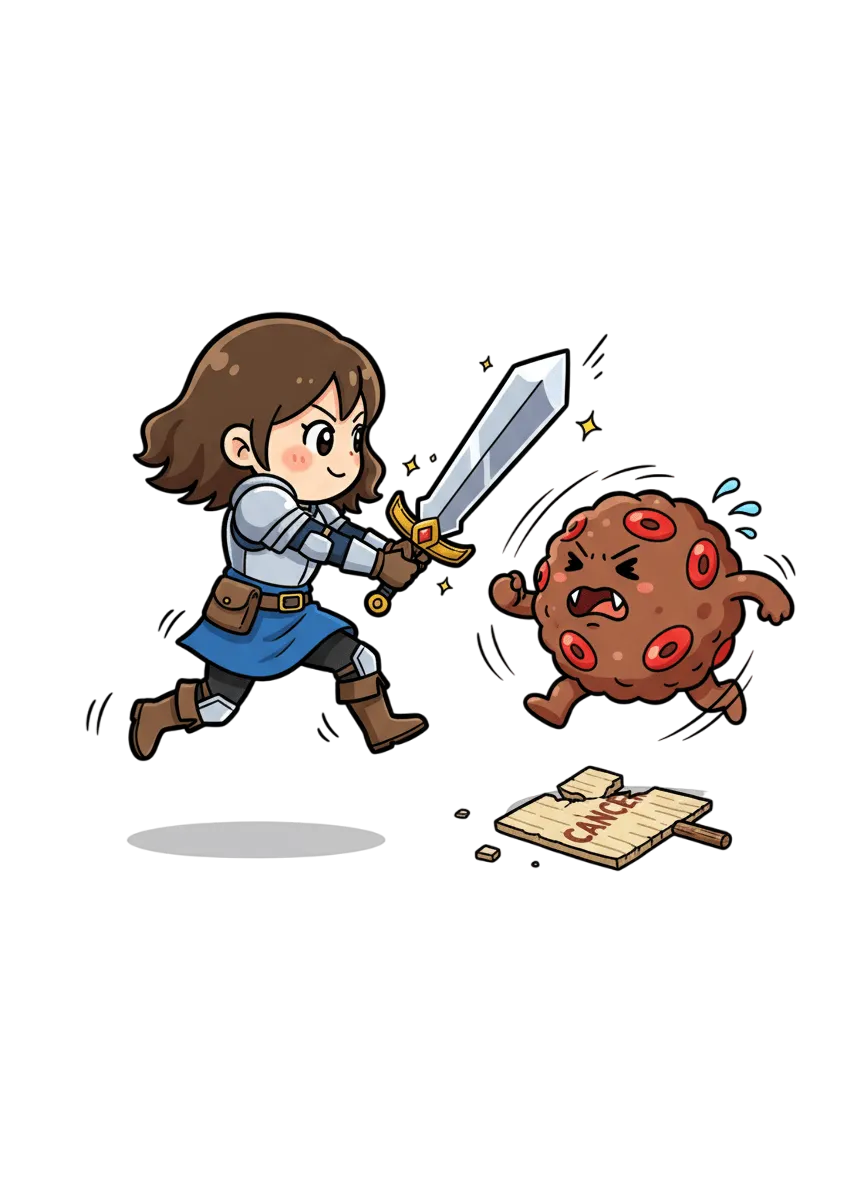
Awards
The iGEM competition recognizes teams through a structured medal system (Bronze, Silver, and Gold), in addition to special prizes. While special prizes highlight outstanding achievements in certain categories, the medal criteria are the core milestones every team must fulfill to demonstrate excellence.
Bronze Medal
The Bronze medal marks the foundation of an iGEM project. To achieve this, teams must:
- Register their team and complete required safety forms.
- Clearly describe their project on the wiki.
- Document at least one basic part in the iGEM Registry, with proper sequence and functional description.
- Demonstrate awareness and commitment to biosafety.
Our project meets these requirements by registering multiple engineered parts (wild-type and mutant MHC Class I constructs, plus β2-microglobulin), ensuring detailed documentation, and maintaining biosafety compliance in both wet lab and computational work.
Silver Medal
The Silver medal is awarded to teams that build upon the foundation with further validation and integration. Requirements include:
- Documenting and validating experimental results for new parts.
- Showing that parts are functional in a testable context.
- Conducting at least one Human Practices activity that connects the project to real-world needs.
- Demonstrating how the project addresses safety and ethical concerns.
Our project fulfills these goals through:
- Expression and validation of recombinant MHC constructs in E. coli.
- Protein purification and SDS-PAGE to confirm size and expression.
- Human Practices interviews with experts (e.g., in silico protein engineering professor, immunotherapy specialist) that directly shaped our design strategy.
- Proactive consideration of risks such as dual-use and ecological safety when applying MHC modification beyond cancer therapy.
Gold Medal
The Gold medal represents the highest level of achievement before special prizes. To achieve Gold, teams must:
- Demonstrate excellence in Integrated Human Practices, showing how community or expert input directly influenced project design.
- Model their system (computational, mathematical, or conceptual) to better understand performance and guide experiments.
- Show experimental validation of their approach in line with project goals.
- Consider future implementation, including real-world applications, scalability, and safety.
Our project strongly aligns with Gold medal criteria:
- Integrated Human Practices: Expert interviews (immunologists, computational biologists) highlighted both the strengths and limitations of in silico predictions, guiding us to combine computational modeling with wet lab validation. This iterative loop became the backbone of our project strategy.
- Modeling: We used computational docking and AI-based predictions (DiffDock, sequence-based AI models) to propose mutations (W167A and multi-tyrosine substitutions) in the MHC binding groove. These predictions informed which constructs were prioritized for expression.
- Experimental Validation: Our workflow includes plasmid construction, transformation, protein expression, purification, refolding, and binding assays, directly testing the computationally predicted improvements in peptide binding.
- Implementation and Impact: We evaluated potential applications beyond cancer therapy, such as therapeutic enzymes and agricultural biotechnology, while carefully assessing biosafety, dual-use risks, and ethical considerations.
By integrating computational prediction, experimental testing, and real-world foresight, our project provides a complete framework for engineered MHC molecules as a next-generation therapeutic platform --- meeting and exceeding the expectations of the Gold medal criteria.
Medal Checklist
| Medal Level | Criteria | Our Contribution |
|---|---|---|
| Bronze | Team registration, project description on wiki | Completed wiki documentation |
| Safety and responsibility | Safety forms submitted; biosafety training followed | |
| Register at least one new basic part | Four plasmid constructs (wild-type, mutants, β2M) registered | |
| Silver | Experimental validation of parts | Expression and SDS-PAGE of MHC variants |
| Functional testing of parts | Refolding and peptide binding assays | |
| Human Practices activity | Expert interviews and integration of feedback | |
| Safety/ethics consideration | Dual-use and agricultural risks evaluated | |
| Gold | Integrated Human Practices | Interviews shaped final workflow |
| Modeling | Docking + AI-guided mutation design | |
| Validation in experiments | Expression, purification, binding assays | |
| Future implementation | Applications in cancer therapy, therapeutics, and agriculture with biosafety considerations |
Note on Results
This page currently introduces the award structure and outlines how our project aligns with medal requirements. Official results from the competition will be updated here after the iGEM Grand Jamboree.
